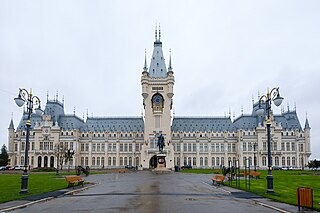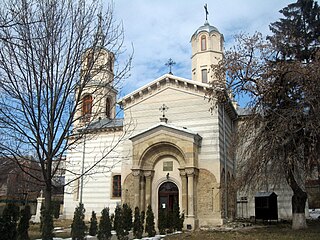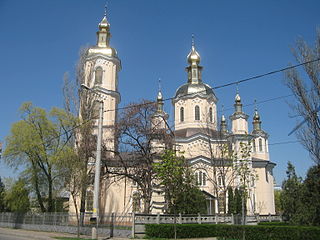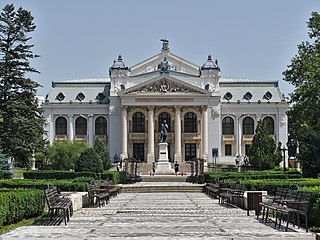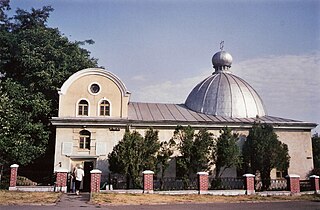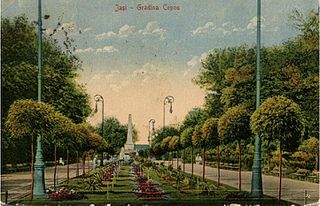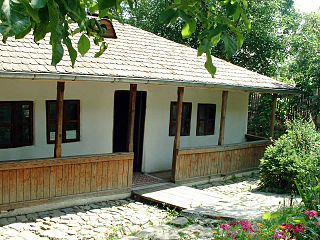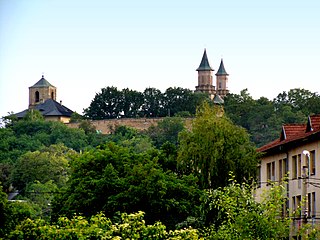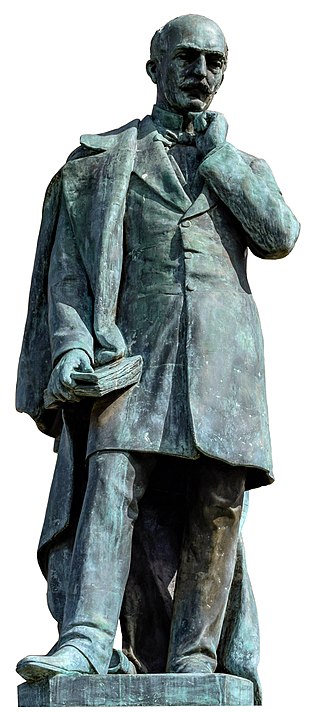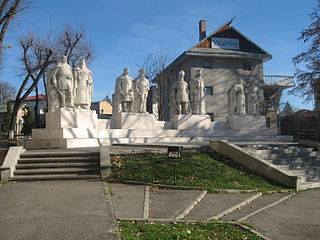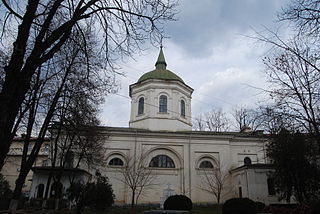16 Sights in Iași, Romania (with Map and Images)
Legend
Premium Sights
Book tickets, guided tours and activities in Iași.
Guided Free Walking Tours
Book free guided walking tours in Iași.
Welcome to your journey through the most beautiful sights in Iași, Romania! Whether you want to discover the city's historical treasures or experience its modern highlights, you'll find everything your heart desires here. Be inspired by our selection and plan your unforgettable adventure in Iași. Dive into the diversity of this fascinating city and discover everything it has to offer.
Sightseeing Tours in Iași1. Palatul Culturii
The Palace of Culture is an edifice located in Iași, Romania. The building served as the Administrative and Justice Palace until 1955, when its designation and use was changed, and assigned to the four museums nowadays united under the name of Moldavia National Museum Complex. Also, the building houses the Cultural Heritage Conservation-Restoration Centre, and hosts various exhibitions and other events.
2. Biserica Armeană Sfânta Maria Iași
The Armenian Church of Iași is an Armenian place of worship located in the center of Iași, on Armeană Street no. 22, fence in fence with the "St. Sava" Church. Inside there is a stone plaque with an inscription stating that the church was built in 1395. Some historians dispute the authenticity of this inscription without ruling out the possibility that the church was built in 1395. This place of worship was radically repaired in 1803. The Armenian church in Iasi is dedicated to Saint Mary.
3. Mănăstirea Ortodoxă „Sfinții Trei Ierarhi”
Mănăstirea Trei Ierarhi is a seventeenth-century monastery located in Iași, Romania. The monastery is listed in the National Register of Historic Monuments and included on the tentative list of UNESCO World Heritage Sites.
4. Biserica lipovenească „Adormirea Maicii Domnului” Iași
The Lipovan Church in Iași is a church of the Old Rite Orthodox Christians in Iași, which was built in the nineteenth century on the place where there was previously an older church, made of beams. The Lipovan church is located on Splai Bahlui no. 4, on the left bank of the Bahlui River, near Podu Roș.
5. Teatrul Național „Vasile Alecsandri”
The Iași National Theatre in Iași, Romania, is the oldest national theatre and one of the most prestigious theatrical institutions in Romania. In 1956, it was given the name of the renowned Romanian playwright and poet Vasile Alecsandri. The building also hosts the Iași Romanian National Opera.
6. Great Synagogue
The Great Synagogue of Iași is a Jewish congregation and synagogue, located at 1 Sinagogilor Street, in Iași, in the Iași County, of Western Moldavia, Romania. The synagogue was completed in 1671 in the Baroque style, and it is the oldest surviving synagogue in Romania.
7. Parcul Copou
The Copou Park or Copou Gardens is the oldest public park in Iași, Romania. Its development started in 1834 under the reign of Mihail Sturdza, making the park one of the first public gardens in Romania and a Iași landmark. In its centre lies the Lions' Obelisk (1834), a 13.5 m (44 ft) tall obelisk dedicated to Regulamentul Organic, the first law on political, administrative and juridical organization in the Romanian Principalities.
8. Bojdeuca Ion Creangă
Ion Creangă's Bojdeuca is a house in the Țicău neighborhood, Iași, where the great storyteller Ion Creangă lived between 1872 and 1889. The threshold of this house was also crossed by Mihai Eminescu, a good friend of Creangă. The house, having two rooms on either side of an entrance hall, became a memorial museum on April 15, 1918, restorations taking place in 1942 and 1985. The house is inscribed in the List of Historical Monuments, with the code IS-IV-m-B-04328.
9. Statuia Ștefan cel Mare și Sfânt
The equestrian statue of Stephen the Great in Iași is a bronze monument dedicated to the Moldavian ruler Stephen the Great (1457-1504), which was made by the French sculptor Emmanuel Frémiet and inaugurated in 1883 in the city of Iași.
10. Mănăstirea Galata
The Galata Monastery is a Romanian Orthodox monastery for nuns, founded at the end of the sixteenth century by Moldavian Voivode Petru Șchiopul, in the west of Iași, Romania. The monastery is located on the top of Galata Hill and can be easily observed from different locations of Iași. The church, surrounded by walls with loopholes and provided with a bell tower at the entrance, looks like a fortress, often serving as a place of defense and sometimes as a royal residence. Near the church on the hill are places that provide panoramic views over the city.
11. Statuia Vasile Alecsandri
The statue of Vasile Alecsandri in Iași is a bronze monument dedicated to the Romanian poet, prose writer and playwright Vasile Alecsandri (1821-1890), which was made by the Polish sculptor of German origin Wladimir C. Hegel and unveiled on October 15, 1906 in the city of Iași. The inscription on the pedestal, which also contains two bas-reliefs depicting two of Alecsandri's legendary heroes, reads as follows: "The Romanian people, to their beloved poet, 1905".
12. Statuia Grigore Ghica Vodă
The Monument of Grigore Ghica III in Iași is a monument located in the center of Iași, consisting of a white marble cenotaph erected in 1875 and a bust of Grigore Ghica III, ruler of Moldavia and Muntenia (1768-1769). The monument has been included on the List of Historical Monuments in Iasi County since 2015.
Wikipedia: Monumentul lui Grigore Ghica al III-lea din Iași (RO)
13. Mausoleul eroilor
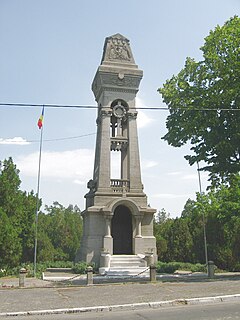
The Heroes' Mausoleum of Iași is a monument built of reinforced concrete between 1928 and 1930 in the city of Iași and dedicated to the memory of the heroes who fell in the First World War. This mausoleum is located on a hill near the Galata Monastery, on the side of the road that leads to the Nicolina neighborhood and to the Miroslava commune.
14. Grupul Statuar al Voievozilor
The statuary group of the voivodes from Iași is a monument from the municipality of Iași, formed by the statues of eight voivodes, grouped two. The monument is currently located at the entrance to Copoului Hill in the vicinity of the Central University Library "Mihai Eminescu", in the park near the Youth Culture House.
15. Biserica Ortodoxă „Sfântul Spiridon”
Saint Spyridon Church is a Romanian Orthodox church located at 1 Independenței Boulevard in Iași, Romania. The church is dedicated to Saint Spyridon, its history is linked to that of the nearby Sfântul Spiridon Hospital.
16. Monument to the victims of the Iași pogrom
The Victims of Iaşi Pogrom Monument is an obelisk to the victims of Iași pogrom, unveiled on June 28, 2011, in front of the Great Synagogue (Iaşi), Romania. The black marble obelisk replaced a former obelisk "In Memory of the Victims of the Fascist Pogrom of Iaşi, June 28–29, 1941."
Share
How likely are you to recommend us?
Disclaimer Please be aware of your surroundings and do not enter private property. We are not liable for any damages that occur during the tours.
